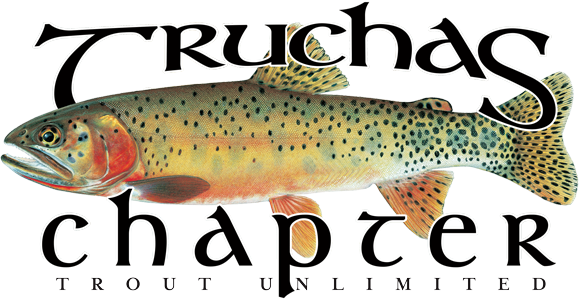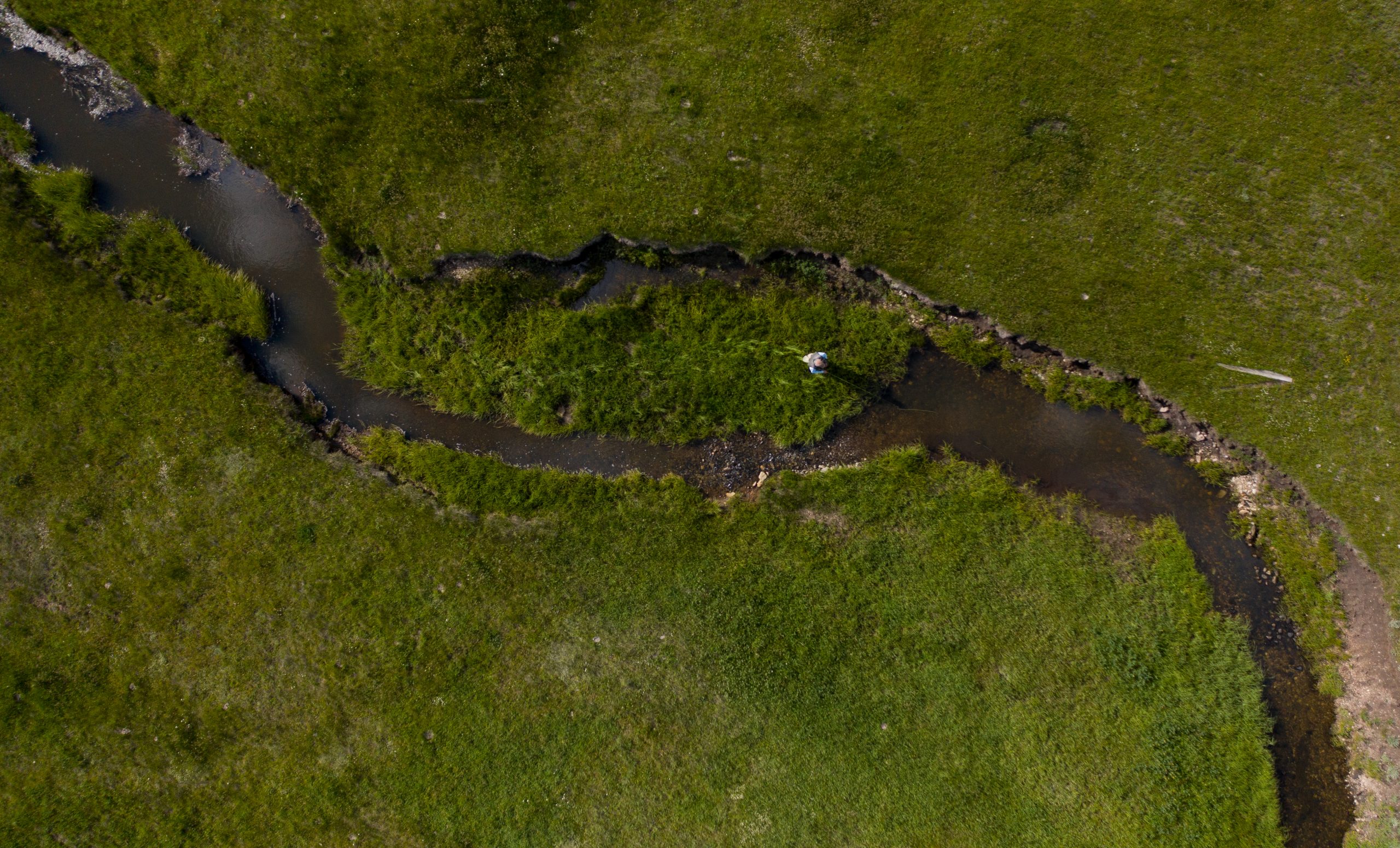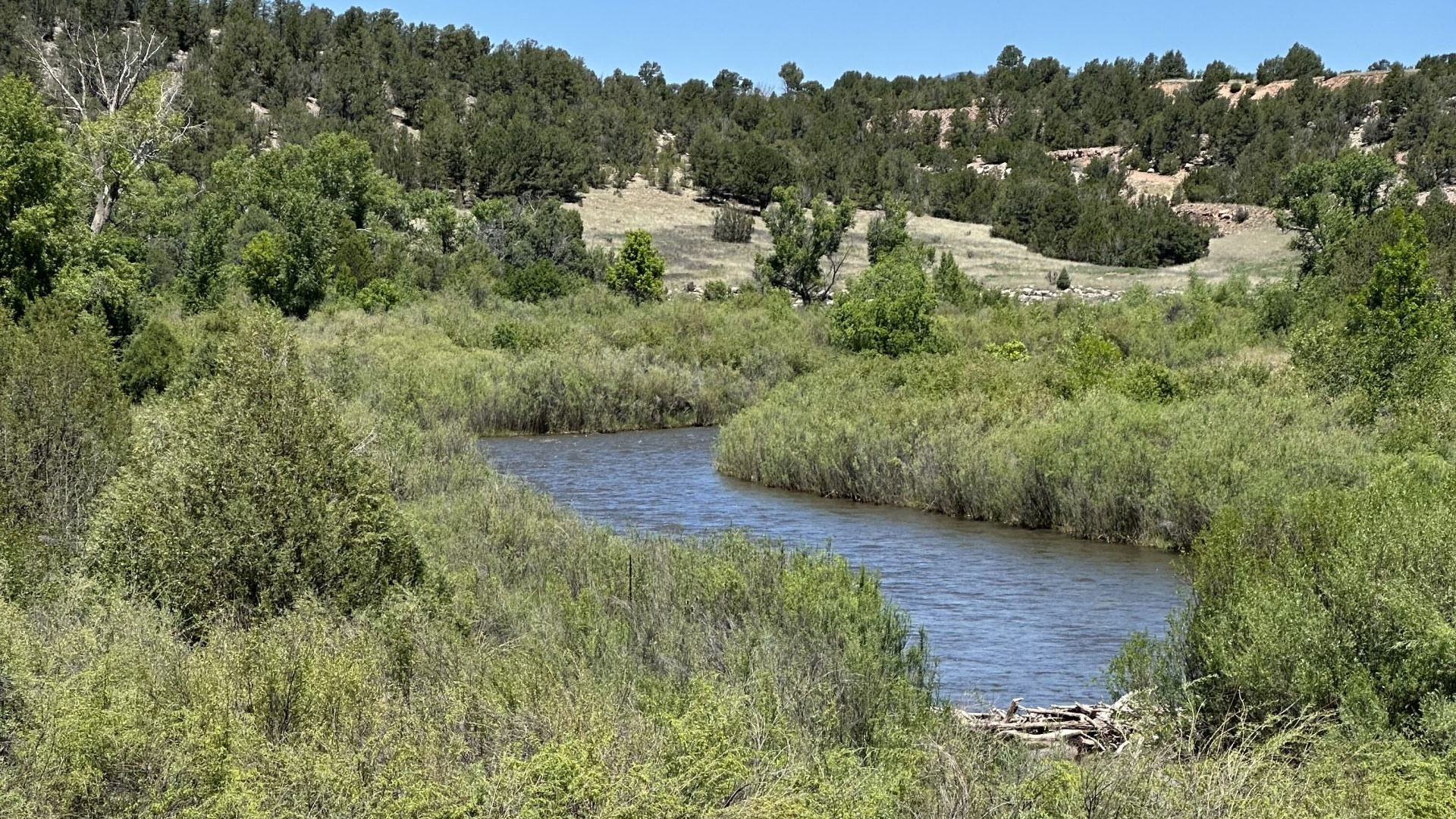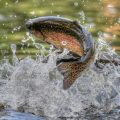Water quality measurements on the Pecos River in New Mexico are vital for sustaining healthy fisheries, protecting wildlife, and maintaining resilient watersheds. The river flows from alpine headwaters through ranchlands and desert, making it vulnerable to a range of pressures—from drought and warming temperatures to agriculture and energy development.
For anglers and conservationists, monitoring water quality helps ensure that cold, clean, and connected waters remain intact. Tracking temperature, salinity, and nutrient levels reveals early signs of stress that can affect native species like the Pecos bluntnose shiner and trout populations in cooler reaches.
Good data also guide restoration and management efforts, such as improving riparian vegetation, reducing sediment and runoff, and maintaining adequate streamflows. Clean water supports not only fish and wildlife but also local communities that depend on the river for drinking water, irrigation, and recreation.
Today, we take for granted the high-quality recreational opportunities offered on the upper Pecos. We forget the devastation that the mining legacy stamped on the Pecos River. In the 1920s and ’30s, the Tererro Mine was one of the major sources of gold, lead, and zinc in the U.S. It was the major employer in New Mexico, and during its ascendancy, the population of Tererro was about 3,000.
In 1991—over half a century after the mine’s closure—heavy rains caused a massive fish kill of over 90,000 fish on the Pecos, attributed to heavy metal poisoning from the old mining site. This horrific event led to a multi-partner response that included state and federal agencies and the holding company of the Tererro Mine, initiating a Superfund-like cleanup that, over the years, has restored some environmental balance. The cost to the state and its citizens was over $20 million.
When you hike, fish, camp, and swim in the upper Pecos, you are standing on landfills filled with tailings from the old mine. Fortunately, water quality measurements from 1991 to the present have shown reductions in toxins and heavy metals to levels deemed safe by the EPA.
Initially, there were annual water quality assessments performed by the USGS, but in recent years they have not been conducting routine monitoring. The NMED, through its Surface Water Quality Bureau, has been doing testing on an 8–10-year cycle.
Fortunately, local conservation groups have stepped in to fill the gaps. Amigos Bravos and River Source, supported by the Upper Pecos Watershed Association and our Truchas Chapter of Trout Unlimited, are conducting regular monitoring of water quality on the upper Pecos.
The measurements conducted by Amigos Bravos are comprehensive and include routine measurements of pH, water temperature, conductivity, and heavy metals. Recently, they have also included testing for E. coli bacteria levels and per- and polyfluoroalkyl substances (PFAS).
PFAS are a group of human-made chemicals known for their oil- and water-resistant properties, used in many consumer and industrial products since the 1940s. Because they are highly stable, they are often called “forever chemicals.” They are widely used in nonstick cookware, stain-resistant fabrics, and water-resistant clothing, and are now ubiquitous in our environment.
Exposure to certain PFAS has been linked to various health issues, including potential liver damage, alterations to immune and thyroid function, increased risk of certain cancers, and impacts on reproductive and developmental health.
As of 2025, levels of PFAS are nondetectable in the upper Pecos watershed!
As many of you are aware, Comexico LLC has petitioned to mine the upper Pecos in the area of the former Tererro Mine. UPWA and Truchas TU oppose this development and believe that mining will lead to disastrous consequences for this now pristine environment.
If mining is allowed to proceed, we will need to rely on nongovernmental agencies such as Amigos Bravos, River Source, UPWA, and Truchas TU to continue their monitoring activities and sound the alarm in months rather than decades—as happened during the first Tererro mining experience.
Ultimately, regular monitoring is how we keep the Pecos fishable and alive—a living reminder that conservation begins with understanding the water itself.
— Nicholas Tsapatsaris. M.D., Conservation Chair, Truchas TU



